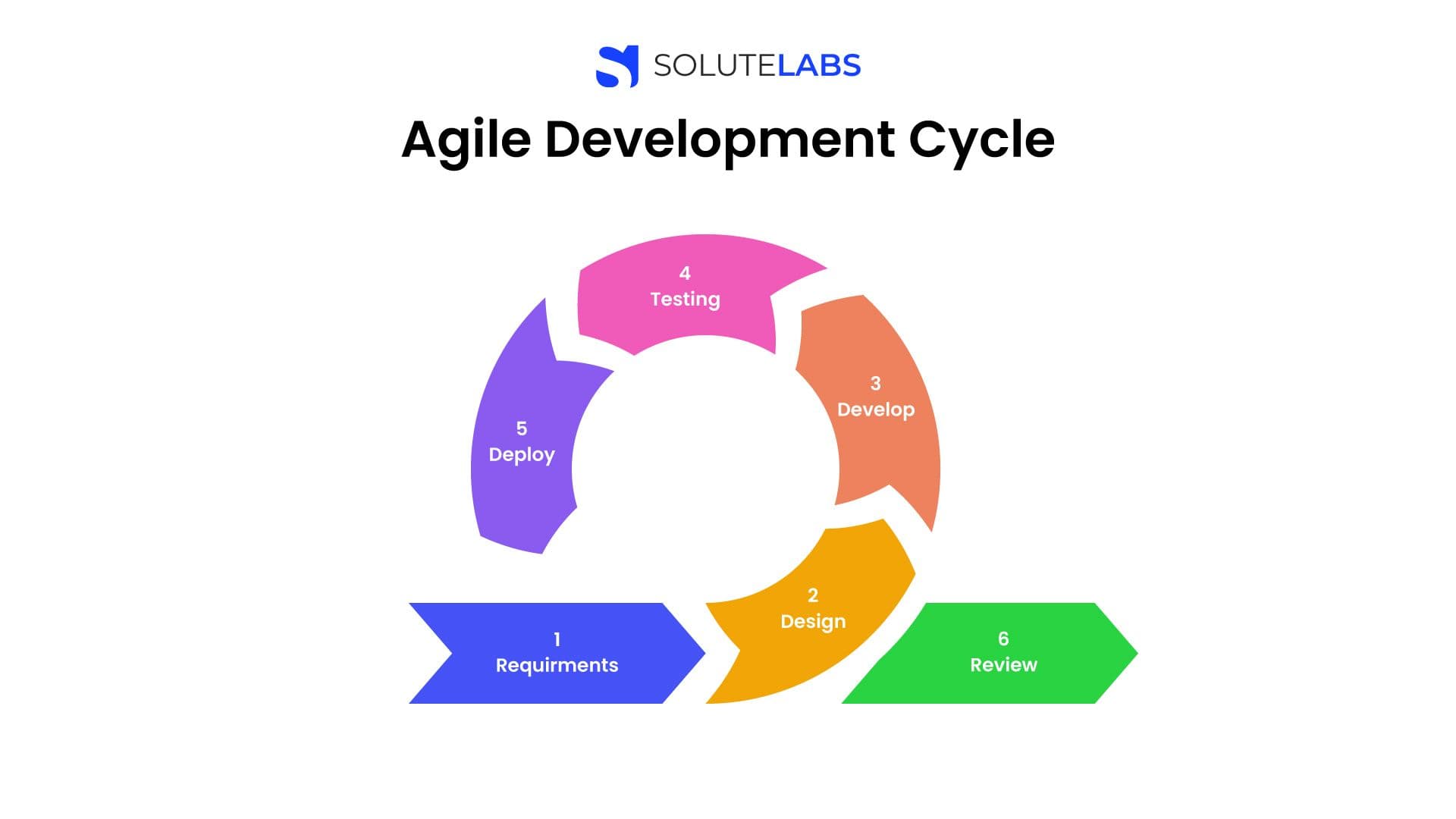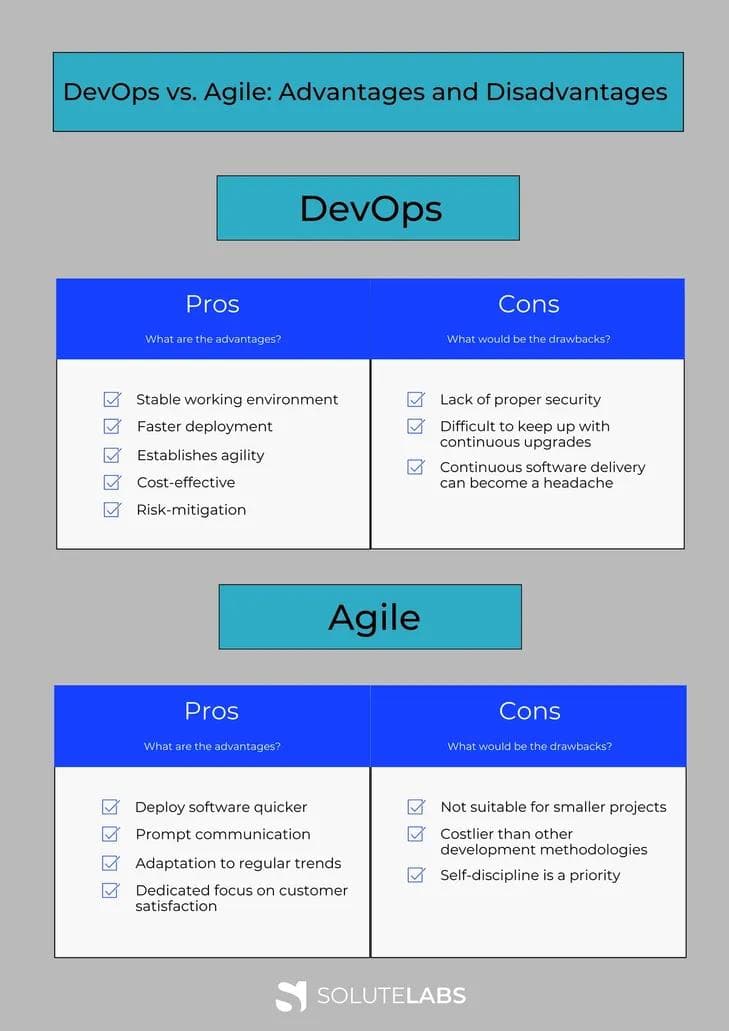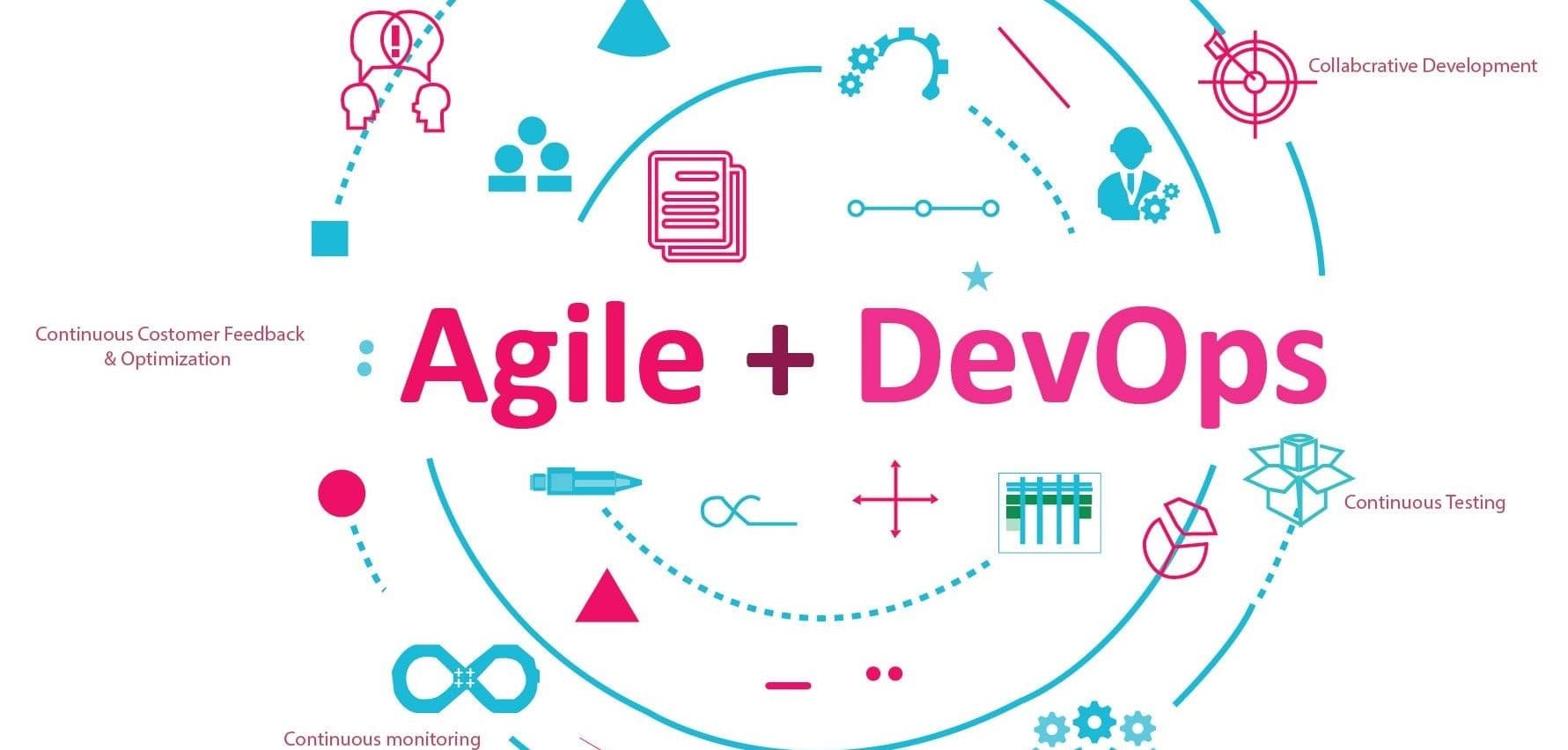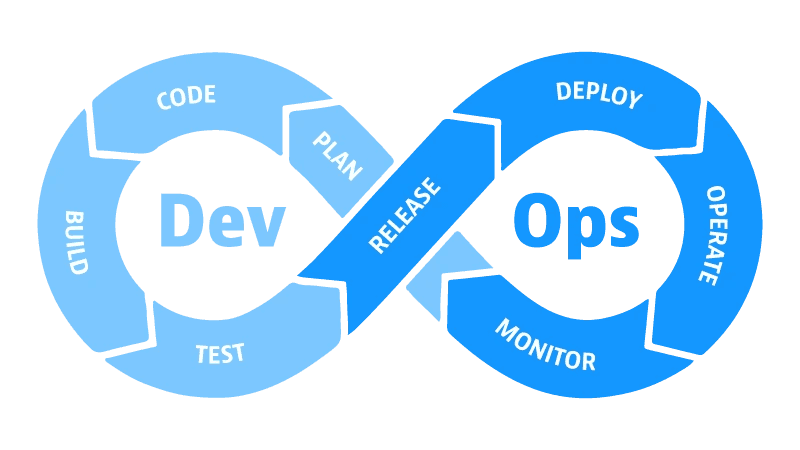DevOps and Agile have been on the face-off for years; some feel that DevOps is the future of software development, while others support Agile. Although both Agile and DevOps are unique software development methodologies that follow a different approach in getting the end product faster.
Statically 71% of companies use Agile and 77% DevOps to deploy software. Agile is mainly preferred by startups where the team is small, and they work closely while big businesses appreciate DevOps. However, now we are seeing the world-changing with giant brands adopting agile methods or startups initiating launches with DevOps.
So, it’s essential to have a clear mindset of which software development system you would like to opt for your project. Is it Agile, DevOps, or both (who knows)?
Before going deeper into the topics, you must understand how DevOps and Agile work.
What is DevOps?
DevOps is a shortened form of “development” and “operations,” whose aim is to bridge the gap and bring together the person who creates the app with the one who runs it. The term “DevOps’’ was first introduced by Patrick Debois in 2009, when the waterfall methodology was at its peak; this made the software development process easier and faster by focusing on automation and collaboration.
All previous methods focused on passing the codes to the IT operation, which further mended it and launched the app, offering minimal visibility on how the teams worked. But, when you choose DevOps, your developers and operational experts work side-by-side from coding to deployment.
DevOps runs on some major principles that form the base of the software development process, these are-
- Continuous development- DevOps works on an ongoing development strategy where the development team produces regular updates in the forms of new features and products at a reduced risk.
- Feedback sharing- The biggest loophole that previous development processes had was the unavailability to share feedback. However, with DevOps, the team follows a continuous monitoring process to exchange views.
- Continuous integration- The developers here continuously merge codes rather than cumulatively taking all the codes at once. Doing this brings agility and makes the deployment process faster.
- Continuous testing- Here, the codes are regularly tested in a live environment to detect bugs or irregularities.
- Continuous deployment- It is a time-savvy way to automatically release updates to the users. You have to build an automated testing environment that identifies bugs and suggests changes without any manual interaction.
Also, read: What is CI/CD in DevOps
What is Agile?
Agile methodology came in the early 2000s when 17 software developers including scientists, developers, and authors met in Oregon to decide on how to accelerate the software development process without compromising on the key areas. The discussion consisted of two major aspects, a shorter software deployment process and gathering customer feedback insights.
This methodology focused on doing “one thing at a time,” where you do not just collaborate with internal teams to launch the product; in place, you get together, launch, and then make changes according to the user’s demand. Either way, you are doing the same, but the latter is quite time-efficient. So instead of launching everything in one go, Agile prefers smaller but consumable launches.

In just a few months, the team called up for a meeting again and launched the “Agile Manifesto,” that focused on four fundamental values-
- Individuals and interactions over processes and tools- Agile is biased towards users; it wants teams to understand customers’ needs and then take a step rather than blindly following some tools.
- Working Software Over Comprehensive Documentation- Priorly, businesses used to waste too much of their time documenting the software development process; however, Agile wants teams to focus on user stories and develop working software.
- Customer Collaboration Over Contract Negotiation- When following Agile, development and operation teams closely work with customers and make them an essential part of the software development process.
- Responding to Change Over Following a Plan- Agile is all about continuous change. It doesn’t follow a roadmap but adapts to the situations, making teams develop a product that’s in demand with all the right features.

DevOps vs. Agile: Emphasis
Both DevOps and Agile have a common objective: to make the software development process faster, prioritizing different key areas. If we talk of DevOps, its software development methodology brings together the development and IT teams to share feedback internally and only seek changes after the launch of the end product.
However, Agile prioritizes users, seeks feedback, makes changes, and then moves on to the next step. This way, they create error-free software and salvage the needs of the consumers. Furthermore, it makes the development process around the user’s stories and not just stick to the internal reviewing process.
DevOps vs. Agile: Skill set required
Under the DevOps software development methodology, each one of the team members is appointed for a specific job that automatically builds authority and sets clear guidelines for the process. However, this might restrict people to perform only those repetitive tasks and lack behind other skill sets.
When built through DevOps. The size of the teams is mostly smaller than DevOps, which means people have to wear more than one hat and perform multiple tasks. This way, the team has the experience of doing many similar jobs and developing more skills.
DevOps vs. Agile: Duration
Agile works in a small “sprint,” which means the development team ideally decides on the timeline and determines exactly when the particular task would be done. After every sprint, the team sits down for a meeting to showcase the result and then idealizes whether it needs any changes. Each sprint usually is below 30 days, depending on the complexity of the task.
In contrast, DevOps focuses on reaching deadlines and performing continuous development, testing, integration, deployment, and feedback. New codes are released every day or every few hours to complete the DevOps life cycle.
DevOps vs. Agile: After deployment strategy
DevOps and Agile have a unique way of launching software. When talking of DevOps, it follows continuous updating and adding of features after the end-product is found. Before this, the development and operation team works together to identify gaps and offer feedback. That’s why it becomes a never-ending process where you have to regularly monitor changes and inconsistency.
The Agile methodology is quite different from DevOps. Here, the team initiates small launches and makes changes after analyzing user feedback. This way, they can launch software that’s market acceptable with all important features. It’s a one-time process; once the launch is done, the development work is finished.
How can DevOps and Agile apps be used together?

In recent times, when the software development market is flourishing with excellent end-products, let’s not forget the immense competition it brings with faster deployment and user-intent features. However, you would not find these features in a single software development system; DevOps brings more rapid deployment but lacks user stories and vice-versa for Agile.
This means you need a balance of both to get optimum results. You can start by adopting sprints between teams to continuously test and modify each step without affecting the development phase. Many organizations have applied this approach to integrate the voice of your customer at such an early stage of development, and DevOps ensure scalability and quality of delivery.
Conclusion: Who gets the trophy?
Now, after all this discussion, who do you think wins the battle?
Both DevOps and Agile might differ in how they work, but their ultimate goal is to improve the software development process and make it faster.
Also, why opt for only one when you can leverage the features of both?
DevOps streamlines the software development process, and Agile adds user touch in each step. Having them both will allow you to grasp their features and accelerate launch success.







